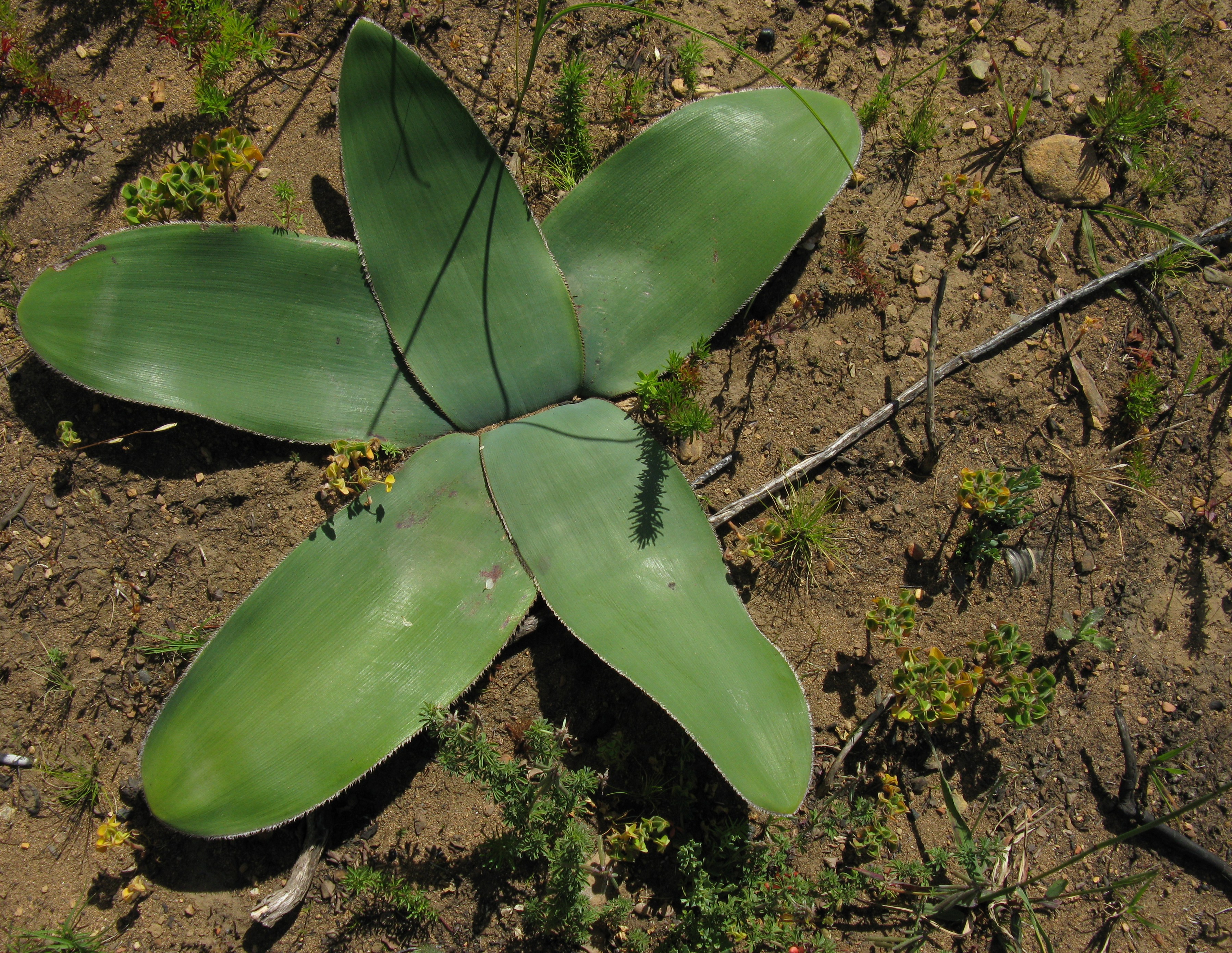Strumariinae on:
[Wikipedia]
[Google]
[Amazon]
Strumariinae is one of four subtribes within the
 The
The
Katja Weiehhardt-Kulessa, Thomas Bórner, Jiirgen Sehmitz, Ute Müller-Doblies, and Dietrich Müller-Doblies. 2000. Controversial taxonomy of Strumariinae (Amaryllidaceae) investigated by nuclear rDNA (ITS) sequences. 1. ''Hessea, Namaquanula, Kamiesbergia'', and ''Dewinterella''. Plant Syst. Evol. 223:1-13 (2000)
tribe
The term tribe is used in many different contexts to refer to a category of human social group. The predominant worldwide use of the term in English is in the discipline of anthropology. The definition is contested, in part due to conflict ...
Amaryllideae
Amaryllideae are a tribe of subfamily Amaryllidoideae (family Amaryllidaceae). They are herbaceous monocot perennial flowering plants with a predominantly Southern African distribution, with the exception of the pantropical genus '' Crinum''. The ...
(subfamily
In biological classification, a subfamily (Latin: ', plural ') is an auxiliary (intermediate) taxonomic rank, next below family but more inclusive than genus. Standard nomenclature rules end botanical subfamily names with "-oideae", and zo ...
Amaryllidoideae
Amaryllidoideae (Amaryllidaceae ''s.s.'', amaryllids) is a subfamily of monocot flowering plants in the Family (biology), family Amaryllidaceae, Order (biology), order Asparagales. The most recent Angiosperm Phylogeny Group, APG classification, A ...
, family
Family (from ) is a Social group, group of people related either by consanguinity (by recognized birth) or Affinity (law), affinity (by marriage or other relationship). It forms the basis for social order. Ideally, families offer predictabili ...
Amaryllidaceae
The Amaryllidaceae are a family of herbaceous, mainly perennial and bulbous (rarely rhizomatous) flowering plants in the monocot order Asparagales. The family takes its name from the genus '' Amaryllis'' and is commonly known as the amaryl ...
), found in southern Africa.
Description
 The
The leaves
A leaf (: leaves) is a principal appendage of the stem of a vascular plant, usually borne laterally above ground and specialized for photosynthesis. Leaves are collectively called foliage, as in "autumn foliage", while the leaves, stem, ...
are often prostrate (on the ground). The flowers may be zygomorphic
Floral symmetry describes whether, and how, a flower, in particular its perianth, can be divided into two or more identical or mirror-image parts.
Uncommonly, flowers may have no axis of symmetry at all, typically because their parts are spir ...
or actinomorphic, and may or may not have a perigone tube
Tube or tubes may refer to:
* ''Tube'' (2003 film), a 2003 Korean film
* "Tubes" (Peter Dale), performer on the Soccer AM television show
* Tube (band), a Japanese rock band
* Tube & Berger, the alias of dance/electronica producers Arndt Rör ...
. The stamens
The stamen (: stamina or stamens) is a part consisting of the male reproductive organs of a flower. Collectively, the stamens form the androecium., p. 10
Morphology and terminology
A stamen typically consists of a stalk called the filamen ...
are connate (fused) into a tube at their proximal end. However ''Strumaria'' has one whorl
A whorl ( or ) is an individual circle, oval, volution or equivalent in a whorled pattern, which consists of a spiral or multiple concentric objects (including circles, ovals and arcs).
In nature
File:Photograph and axial plane floral diagra ...
of the stamens fused to the style
Style, or styles may refer to:
Film and television
* ''Style'' (2001 film), a Hindi film starring Sharman Joshi, Riya Sen, Sahil Khan and Shilpi Mudgal
* ''Style'' (2002 film), a Tamil drama film
* ''Style'' (2004 film), a Burmese film
* '' ...
. The fruit
In botany, a fruit is the seed-bearing structure in flowering plants (angiosperms) that is formed from the ovary after flowering.
Fruits are the means by which angiosperms disseminate their seeds. Edible fruits in particular have long propaga ...
is dehiscent
Dehiscence is the splitting of a mature plant structure along a built-in line of weakness to release its contents. This is common among fruits, anthers and sporangia. Sometimes this involves the complete detachment of a part. Structures that op ...
with seeds
In botany, a seed is a plant structure containing an embryo and stored nutrients in a protective coat called a ''testa''. More generally, the term "seed" means anything that can be sown, which may include seed and husk or tuber. Seeds are the ...
that have a well-developed integument
In biology, an integument is the tissue surrounding an organism's body or an organ within, such as skin, a husk, Exoskeleton, shell, germ or Peel (fruit), rind.
Etymology
The term is derived from ''integumentum'', which is Latin for "a coverin ...
that is chlorophyllous with a stomatose testa.
Taxonomy
Phylogeny
Strumariinae are placed within Amaryllideae as follow: These are phylogenetically related as follows:Subdivision
Strumariinae consists of six genera, related as follows, with number of species in each genus in (parentheses):References
Bibliography
* * * Snijman, D. A. and H. P. Linder. 1996. Phylogenetic relationships, seed characters, and dispersal system evolution in Amaryllideae (Amaryllidaceae). Annals of the Missouri Botanical Garden 83: 362-386 * *Katja Weiehhardt-Kulessa, Thomas Bórner, Jiirgen Sehmitz, Ute Müller-Doblies, and Dietrich Müller-Doblies. 2000. Controversial taxonomy of Strumariinae (Amaryllidaceae) investigated by nuclear rDNA (ITS) sequences. 1. ''Hessea, Namaquanula, Kamiesbergia'', and ''Dewinterella''. Plant Syst. Evol. 223:1-13 (2000)
External links
* * Amaryllidoideae Plant subtribes {{Amaryllidaceae-stub